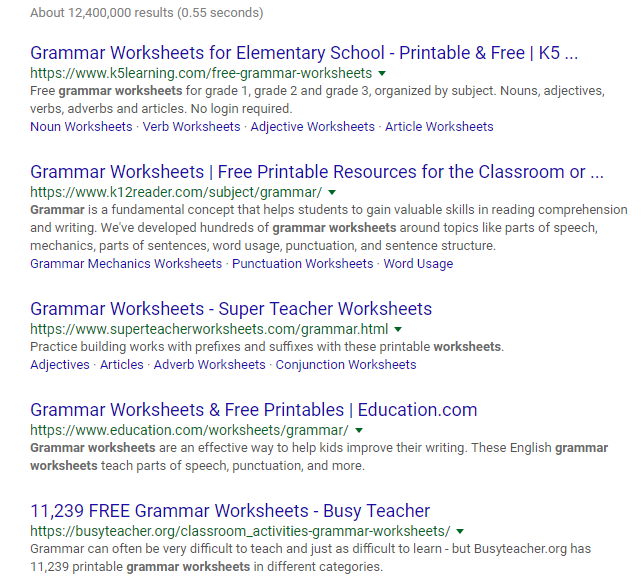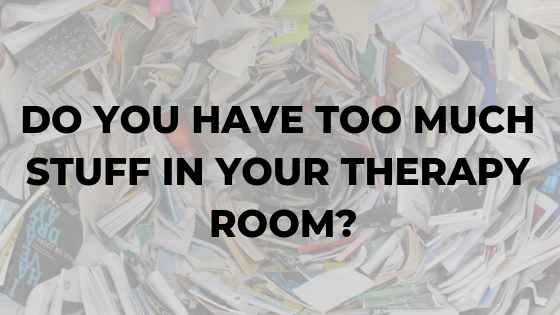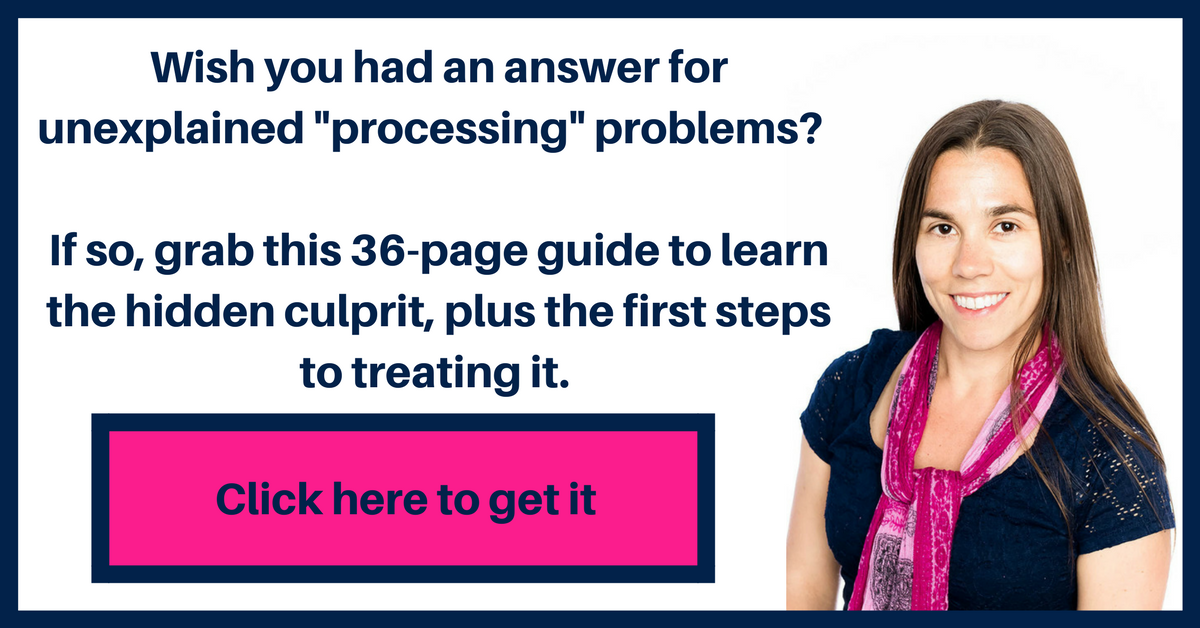Does the thought of sifting through your materials and planning for the next day feel like an insurmountable task?
If so, join the club.
Having to be “on” all day long in the therapist’s role is enough to leave anyone exhausted.
The thought of doing any more work after all of that is the last thing we want to do…yet it’s often something we feel like we should be doing to ensure we’re actually doing the right things in therapy.
I remember many days I’d sit in front of my laptop at the end of the day, knowing I should be getting my act together for my next set of sessions.
I’d take a look at my shelves and see all of my materials sitting there…the materials that at one point I’d convinced myself that I had to have.
But when it came time to actually use them, many of them ended up collecting dust instead of being used…with the exception of a couple staples that I’d use over and over again because it was the path of least resistance.
And when I knew I needed to shake things up and try some different activities, instead of looking through what I already had, I’d end up just searching the internet for something new…and would end up just buying some inexpensive printable, or downloading some free worksheet as a temporary fix.
And the cycle would repeat itself.
I thought I was being resourceful by continually adding to my pile of materials…but what I didn’t realize was that I was slowly digging myself in to a hole…filled with lots of stuff that I never had time to sift through when it mattered most.
Ask any clinician or clinical researcher…there’s a lack of research on a lot of key topics needed to provide evidence-based therapy.
But what we aren’t lacking is in the materials we have available to us.
SLPs have a plethora of options when it comes to materials; whether it be printables or physical products.
For example, if I were to do a simple search for “grammar worksheets” on Google, I get over 12 million results:

While having more options may seem like a good thing on the surface, there’s actually evidence to the contrary.
In Malcolm Gladwell’s book “Blink”, he writes about the research behind decision-making; and he shares the results of an experiment done with jam in Menlo Park, California.
In one condition, the researchers gave customers six types of jam available for purchase, and in the other condition they gave 34 options.
One would think that having more options would lead to people buying more. But it didn’t. Instead, people actually bought more jam when given fewer options.
So what do these results mean when we apply them to our lives? Well…at first blush it would seem that having more options would lead to making better decisions.
Instead, having too many options requires us to use additional cognitive resources…which makes things more difficult.
What we’re likely to do is get overwhelmed and postpone the decision because we don’t have the energy to make a choice.
And often when we say “I’ll decide later”, we end up not deciding at all…and then we end up falling back in to old habits.
For example, when I would do this with therapy planning…I’d take a look at my massive pile of materials, and the task of sifting through it all would seem too much after a long day of working with students.
So I’d say, “I’ll just come in early tomorrow morning and do it”, essentially putting it off until the next day, which would require me to exert even more discipline.
I’d have to remember to set my alarm earlier, actually get up on time, not to mention calculating in my head how much time I’d need to get things done.
Nine times out of 10, I’d end up getting to work way later than planned. And then, I’d end up winging it and grabbing whatever materials were lying out from the day before.
And if I actually got there when I’d planned, I’d face the same insurmountable task I’d avoided the day before…and I’d find a way to avoid it again.
I came to the conclusion that I was a materials hoarder a while back when I was doing the obligatory end of the year cleaning.
Not only did I have things that were published before I was born…I also had materials that were decent, but I hadn’t used them all year because I’d forgotten that I had them.
And while I didn’t think there was harm in hanging on to them initially…I eventually realized that simply having them there was making it MORE difficult to plan good sessions.
Now of course, I’m not saying we should throw out all our materials. We all need our staples to make our lives easier and keep things engaging.
All I’m suggesting is that we collect materials consciously…and if you have more stuff than you can keep track of…it might be time to re-evaluate.
This is not to say that you should stop buying quality materials. In fact, I recommend you do…as long as you have a solid plan for using them and managing what you already have.
But if you have a school-aged caseload, this can be easier said than done.
Every time you walk in to work, you have to be prepared to make tons of decisions on a daily basis…whether it comes to setting up meetings and sessions, deciding what techniques or supports to provide in the moment when you’re with your students, as well as what materials to use while you’re doing all of that.
It’s not reasonable for you to have to sift through every single bit of research, technique, and material available when it comes to treating complex issues like language disorders.
You need to save that energy for what you do best, which is providing amazing therapy for your students.
One of the key secrets is focusing on the right skills, which I show you how to do in this free guide.
This free guide is called The Ultimate Guide to Sentence Structure.
Inside you’ll learn exactly how to focus your language therapy. Including:
- The hidden culprit behind unexplained “processing problems” that’s often overlooked.
- The deceptively simple way to write language goals; so you’re not spending hours on paperwork (goal bank included).
- The 4 sentence types often behind comprehension and expression issues and why they’re so difficult.
- An easy-to-implement “low-prep” strategy proven to boost sentence structure, comprehension, and written language (conjunctions flashcards included).
References:


